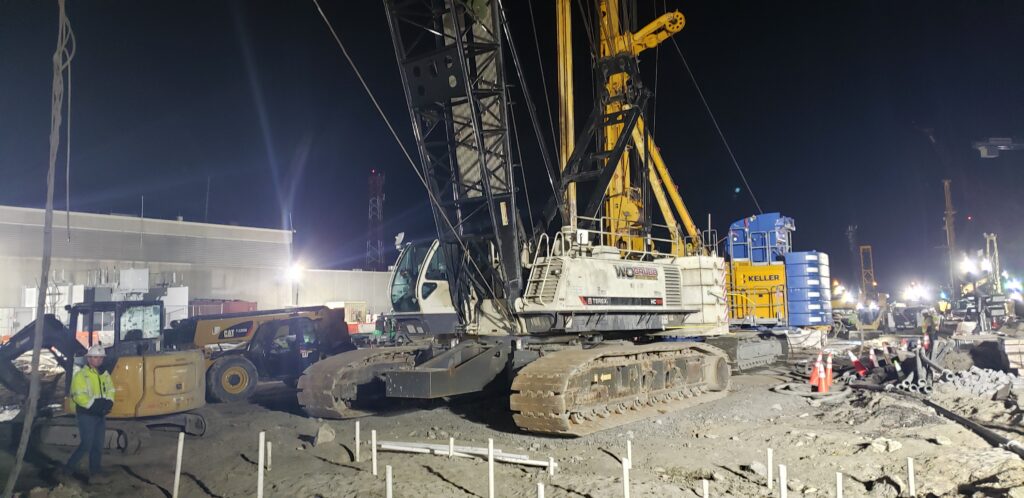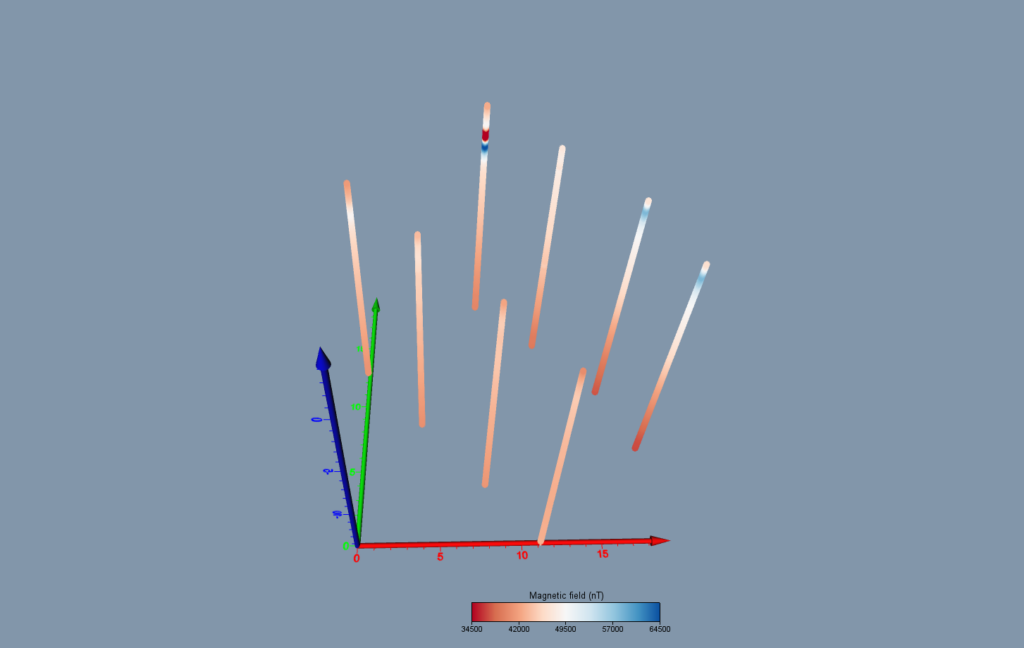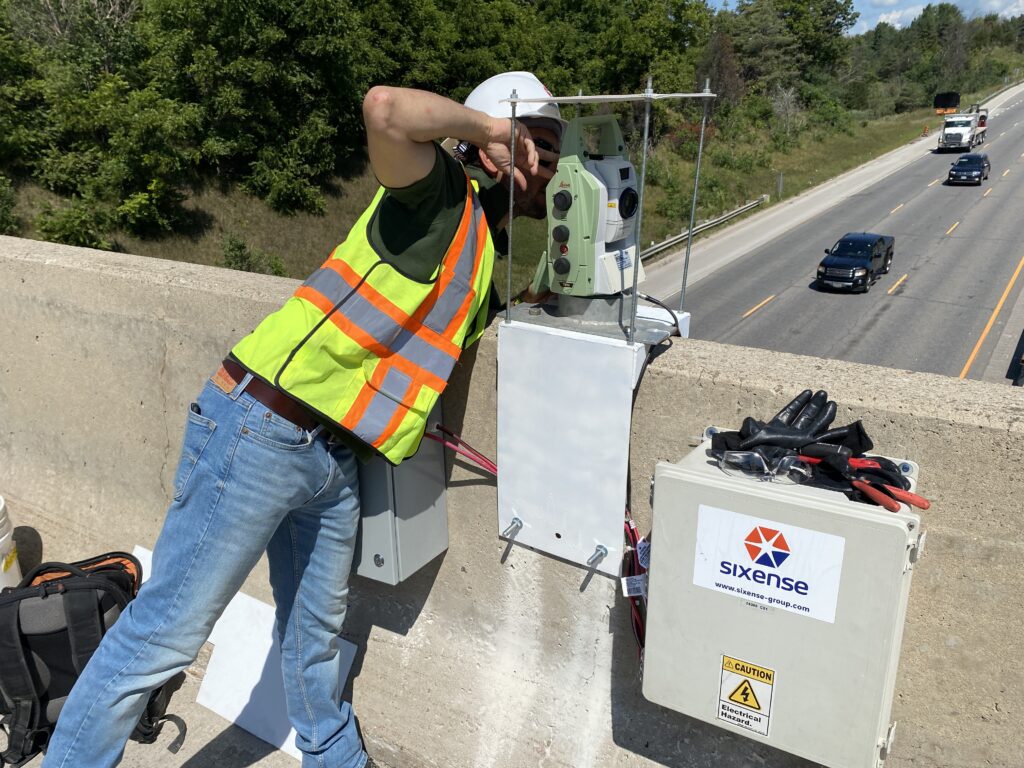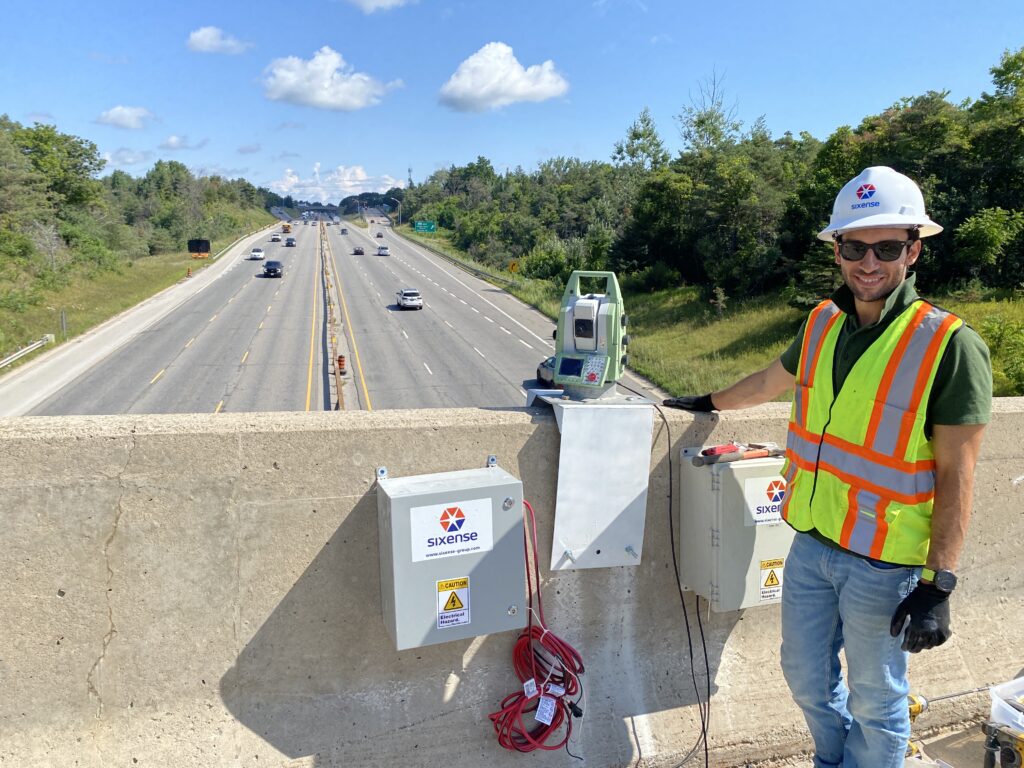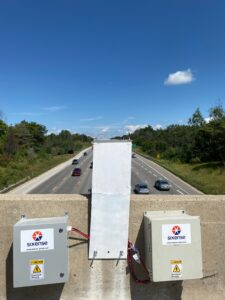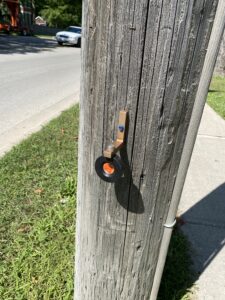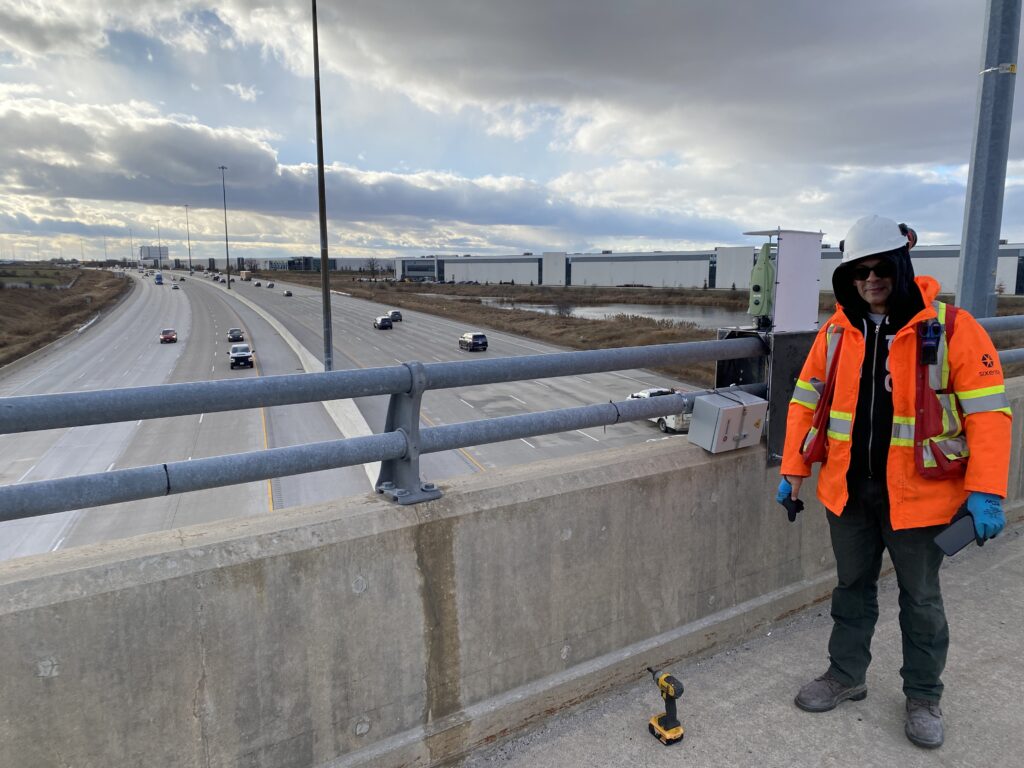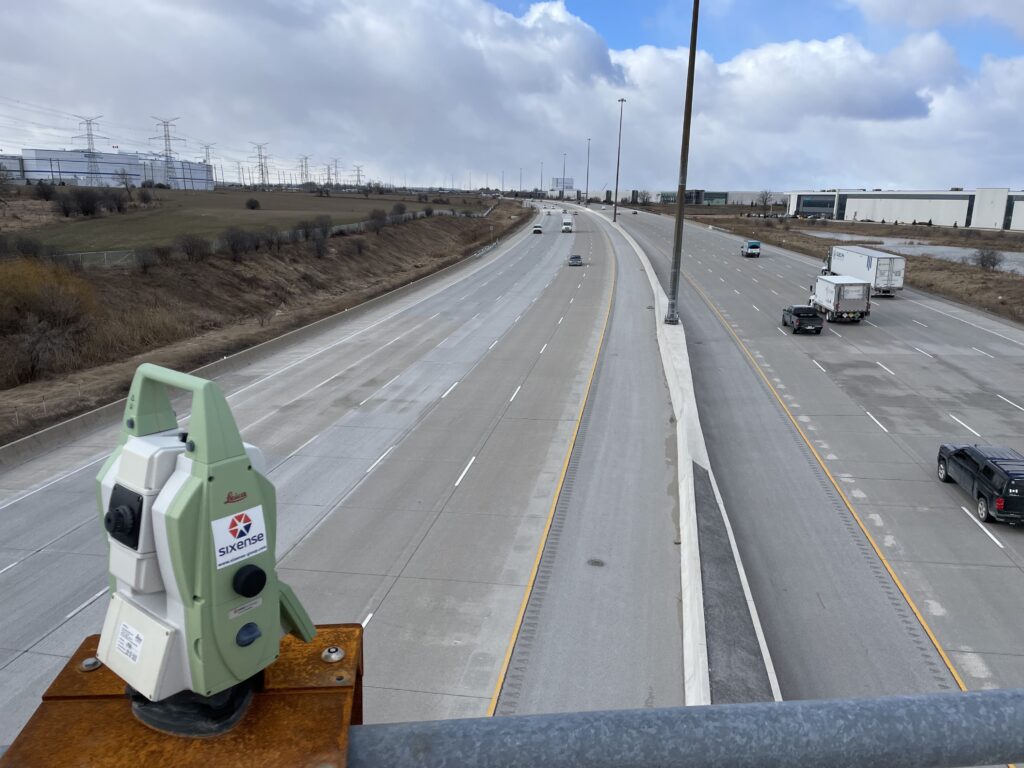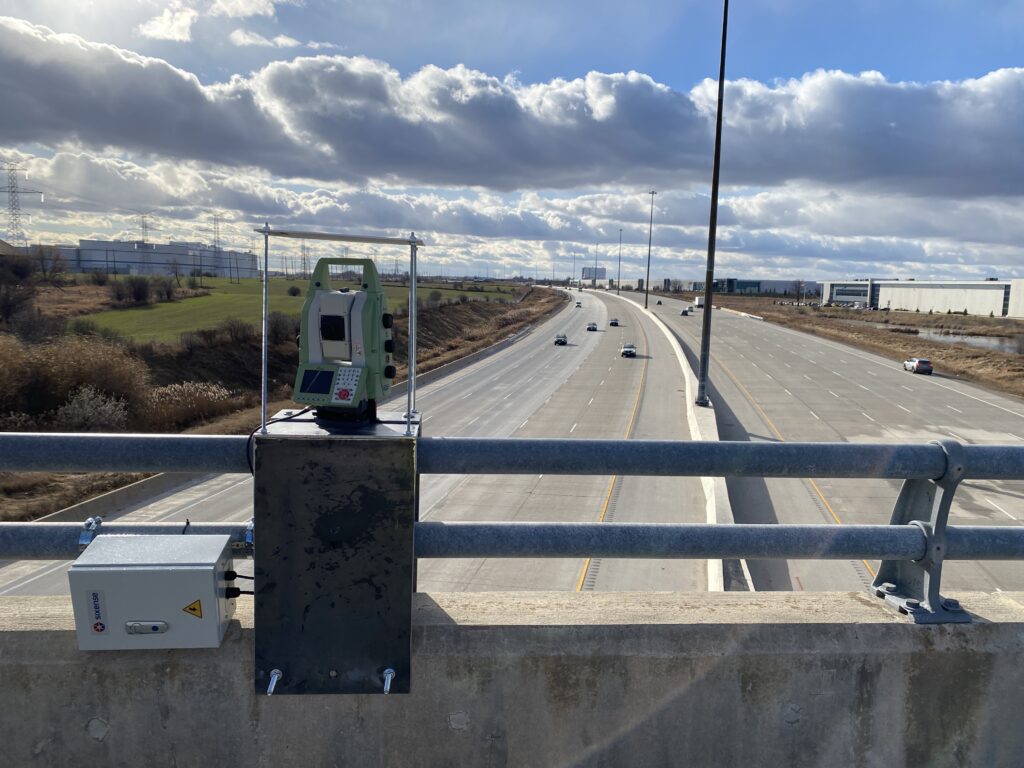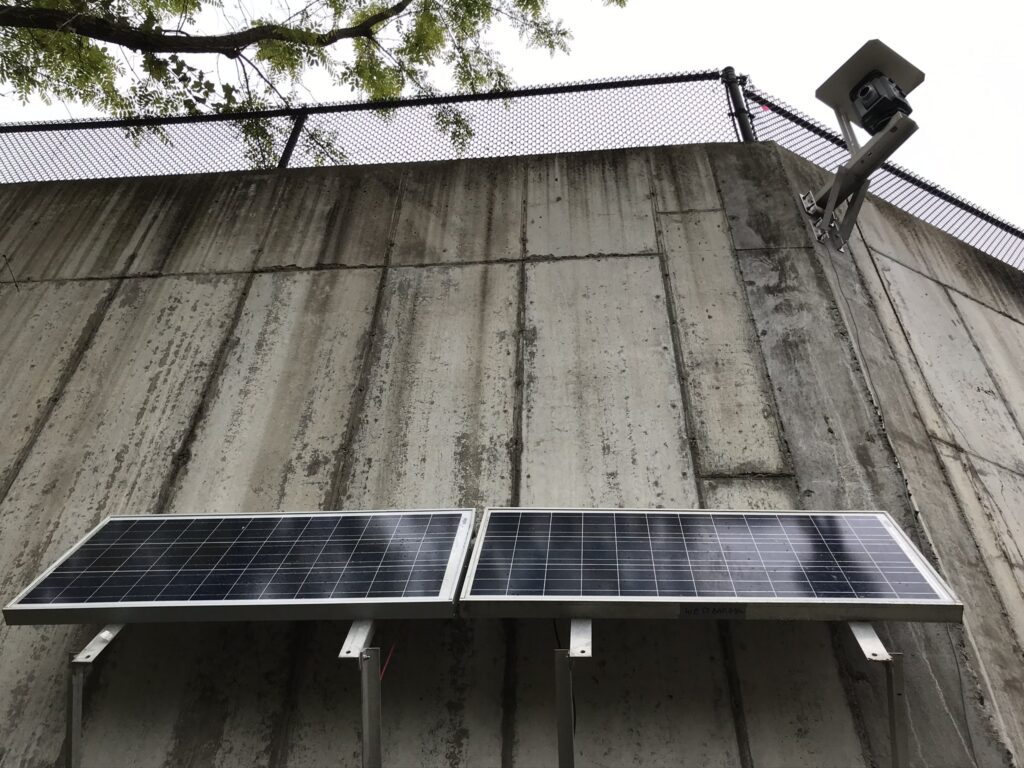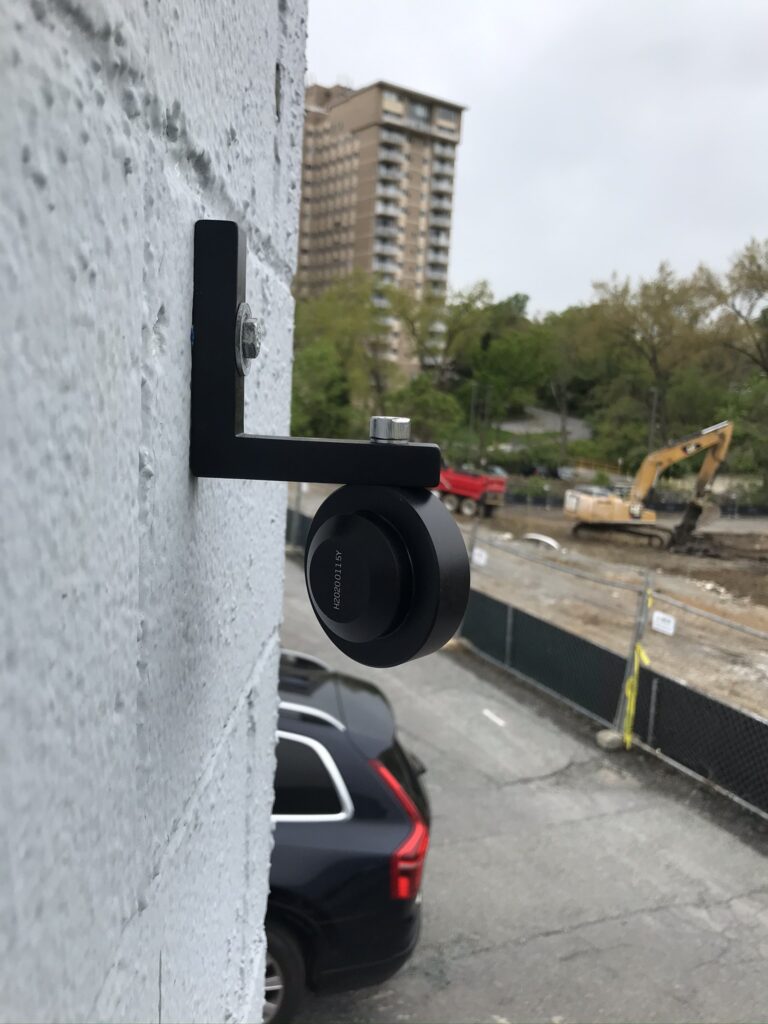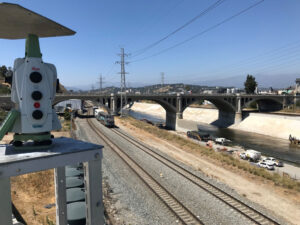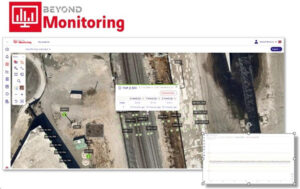Monitoring the Perris Valley Pipeline I-215 Crossing Project
When the stakes are high and precision is key, we deliver innovative monitoring solutions you can trust.
Take the Perris Valley Pipeline I-215 Crossing project, led by the Metropolitan Water District of Southern California, which involves installing 3,030 linear feet of a 97-inch steel pipeline that will connect to an existing section in Riverside County, California. The project alignment includes three microtunneling drives and four shafts, passing beneath sensitive rights-of-way such as the:
- State Highway I-215
- Active railways managed by the Riverside Country Transportation Commission (RCTC)
- Military airport (March AFB)

Sixense Northern America’s Role
Sixense was hired by the client, JW Fowler, to collaborate on the development and implementation of a state-of-the-art Automated Monitoring program. This innovative program is designed to meticulously oversee the behavior of the ground and surrounding structures during the critical phases of shaft construction and the tunneling process.
Our comprehensive monitoring system incorporates up to eight advanced Automatic Total Stations, which meticulously track 138 strategically placed reflectors along the tunnel alignment. This setup encompasses high-stakes areas such as active rail tracks and Caltrans rights-of-way, ensuring that all critical points are under constant scrutiny.
In addition to these stations, the program features eight in-place inclinometers that measure ground movement, as well as four single-point extensometers designed to detect minute changes in the structural integrity of the surroundings on the Perris Valley Pipeline I-215 Crossing.
Geoscope for the Perris Valley Pipeline
The data obtained from this monitoring effort streams seamlessly in near real-time through our user-friendly web-based platform, Geoscope. This sophisticated platform is equipped with the capability to automatically generate detailed settlement contour maps that visualize the excavation process, monitor the progress of tunneling operations, and promptly send alerts when predefined limit values are breached.

Sixense Northern America is proud to bring its expertise to the Perris Valley Pipeline I-215 Crossing project, working alongside an exceptional team dedicated to ensuring safety and precision in this challenging endeavor!
